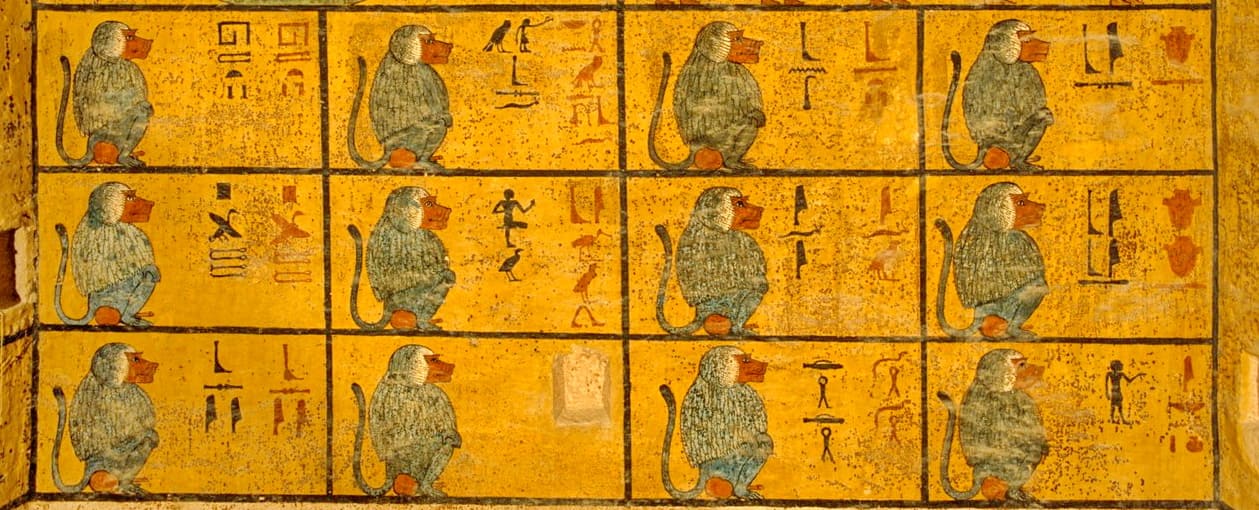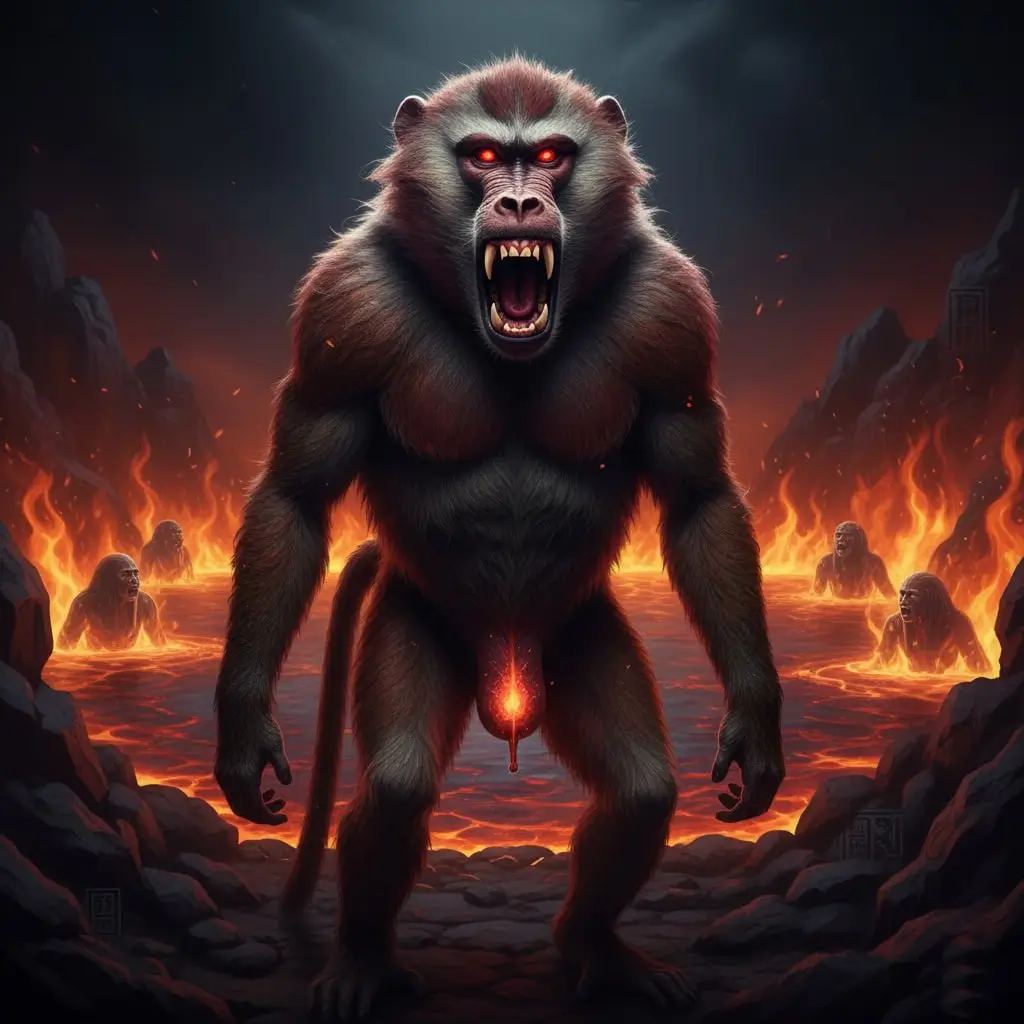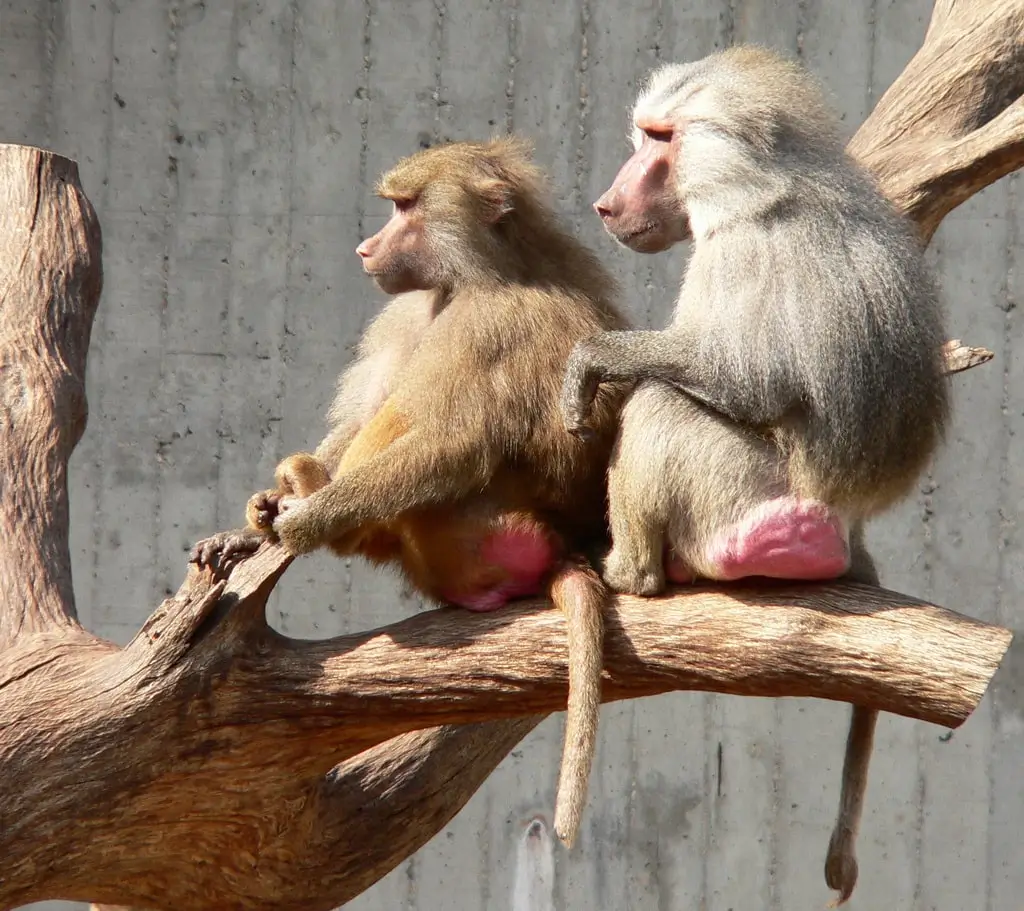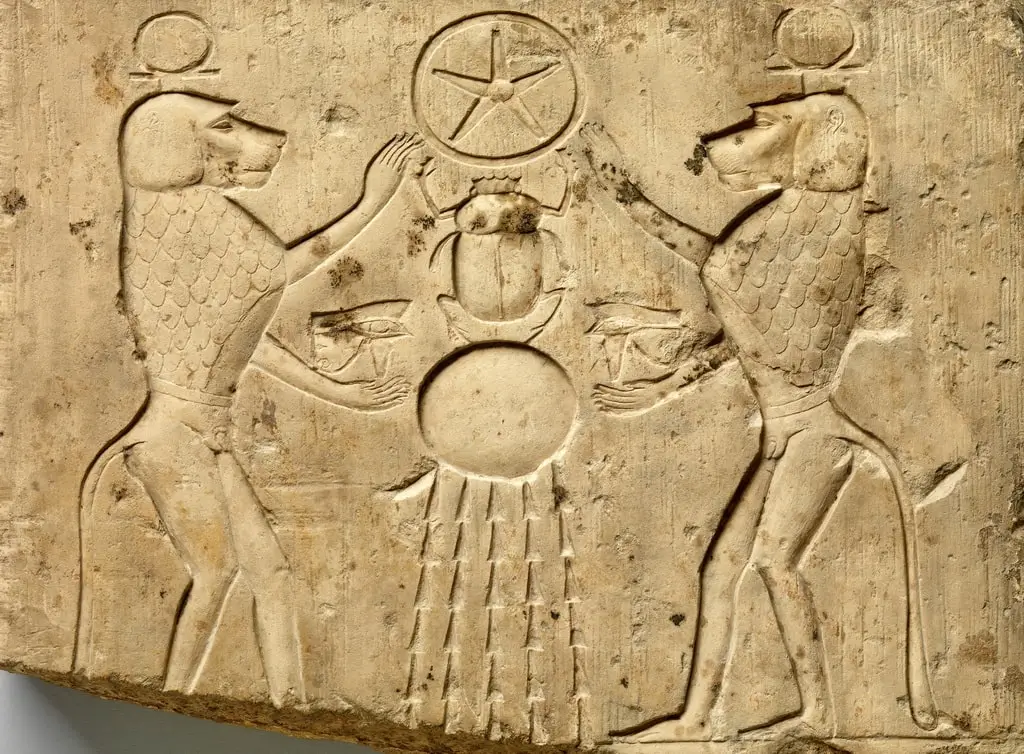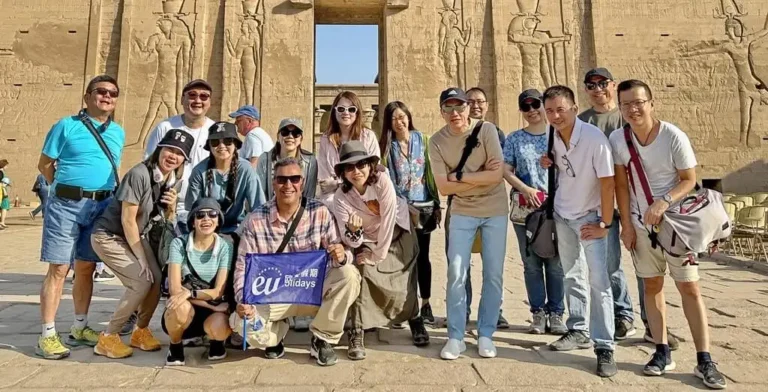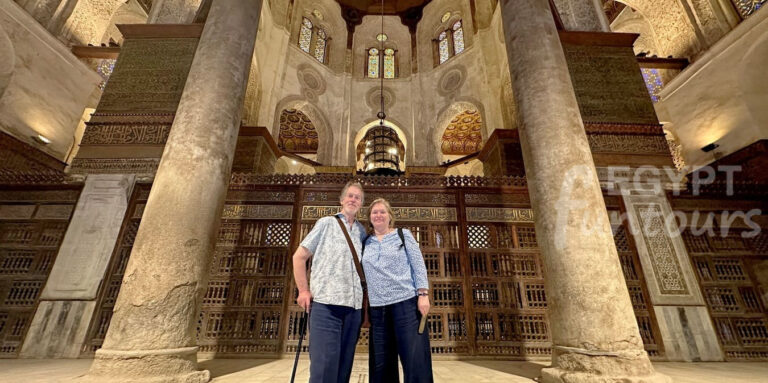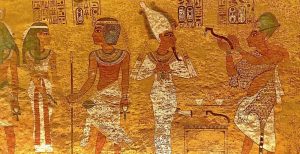Life in Captivity: The Harsh Reality of Sacred Baboons
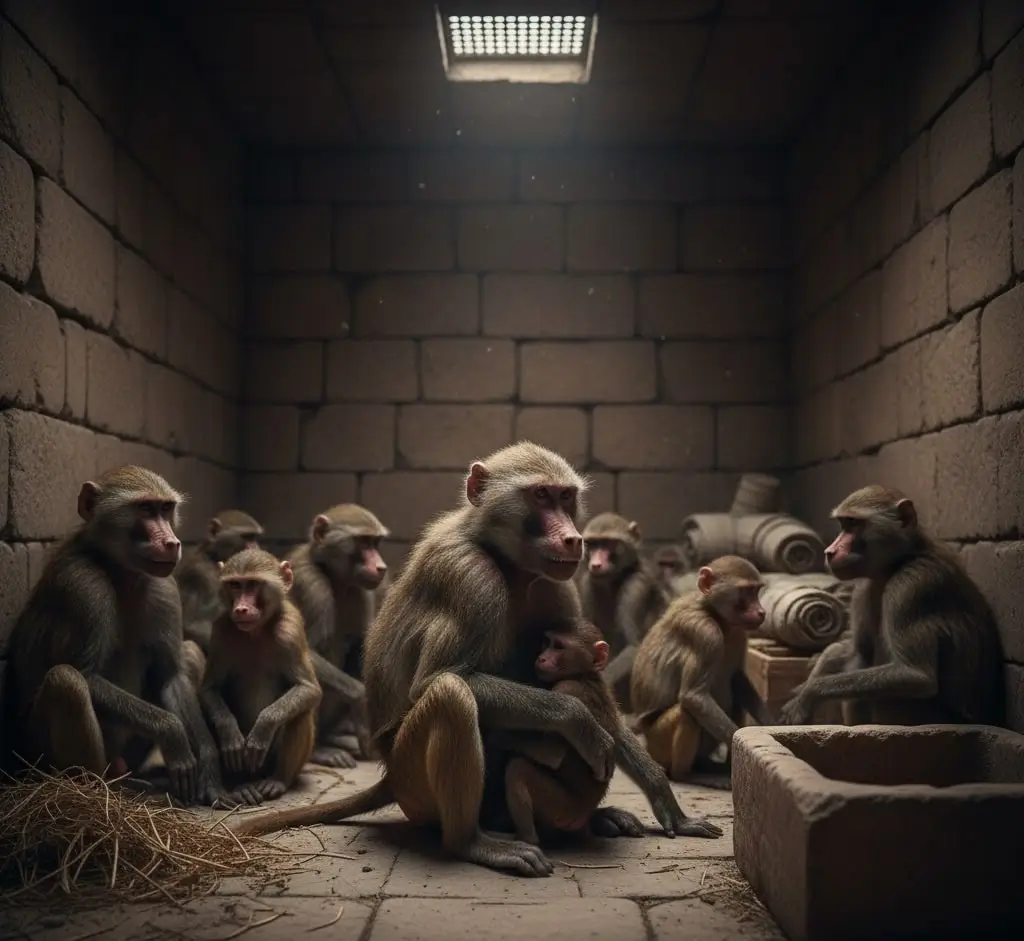
The baboon was a god’s embodiment. However, its life in Ancient Egypt was a paradox. This animal was held in the highest reverence. Yet, it was also a tightly controlled, captive animal. Archaeological evidence has revealed a difficult, even cruel, reality for these sacred primates.
Shocking Skeletal Evidence
Modern scientific analysis of baboon mummies in Egypt tells a grim story. Researchers have examined skeletons from necropolises. Sites like Tuna el-Gebel and Gabbanat el-Qurud (Valley of the Monkeys) yielded crucial data. These studies show extensive signs of skeletal deformity and disease.
- Malnutrition: The bones exhibit clear signs of rickets. This disease is caused by a severe lack of Vitamin D.
- Lack of Sunlight: This lack of Vitamin D confirms a critical detail. The baboons were kept in high-walled enclosures or indoors. They did not receive adequate sunlight, despite being sun-worshippers in their symbolic role.
- Physical Deformities: Many baboon skeletons show bent limbs and stressed bones. This suggests chronic immobility or cramped living conditions.
Scientists conclude that the care given to these sacred animals was, physically, poor. The baboons suffered from chronic illness due to their captive environment.
Baboon in Ancient Egypt: Control and Handling
The Egyptians took harsh measures to handle the powerful primates. Baboons are large and can be dangerous. Therefore, they often performed a preventive surgery.
-
Canine Tooth Removal: Evidence shows that the baboons’ large, dangerous canine teeth were frequently removed. This protected the handlers and priests. However, it also highlights the complete control the Egyptians exerted over the animals.
A Captive Population
The high demand for baboon mummies and votive offerings required a constant supply. The presence of infants and juvenile skeletons in the mummy caches suggests a significant factor. This indicates that the Egyptians likely maintained a captive breeding program. The supply wasn’t just reliant on trade. It was a local, albeit difficult, breeding effort. Despite their difficult lives, the baboons received elaborate treatment after death.
Death and the Afterlife: Baboon Mummification and Ritual

The baboon’s sacred status dictated its fate after death. It was essential to prepare the animal for the afterlife. Therefore, the Egyptians subjected the baboons to the complex process of mummification. This practice transformed the physical body into a ritually potent object.
The Purpose of Baboon Mummies
These elaborate animal mummies served a clear purpose. They were votive offerings. People paid priests to mummify an animal and dedicate it to a specific god. In this case, the baboon mummies were overwhelmingly dedicated to Thoth. This was a form of worship. It was also a way to ask for the god’s favor, wisdom, or protection.
The sheer number of mummies discovered highlights the demand. This suggests a large-scale, industrial religious practice.
The Mummification Process
The ritual was extensive. While simpler than human mummification, it was still a careful, professional undertaking.
- Preparation: The priests treated the body with salts and resins.
- Wrapping: They meticulously wrapped the baboons in linen bandages. These wraps protected the body. They often formed a stylized, sometimes human-like, shape.
- Burial: The finished mummy was then placed in a wooden or ceramic sarcophagus. It was then entombed in vast necropolises.
Key Archaeological Sites
The practice was long-lasting and widespread. Baboon mummification occurred for over a thousand years. It continued well into the late Dynastic and Greco-Roman periods.
- The Valley of the Monkeys (Gabbanat el-Qurud) was a major necropolis. This site in Thebes held thousands of animal mummies, including many baboons.
- The Serapeum at Saqqara and Tuna el-Gebel were also central to these cult practices.
The presence of the mummies confirms the deep religious significance of the primate. It was a tangible link to the divine world. The baboon was not only in temples and tombs. The animal also appeared everywhere in Egyptian culture.

